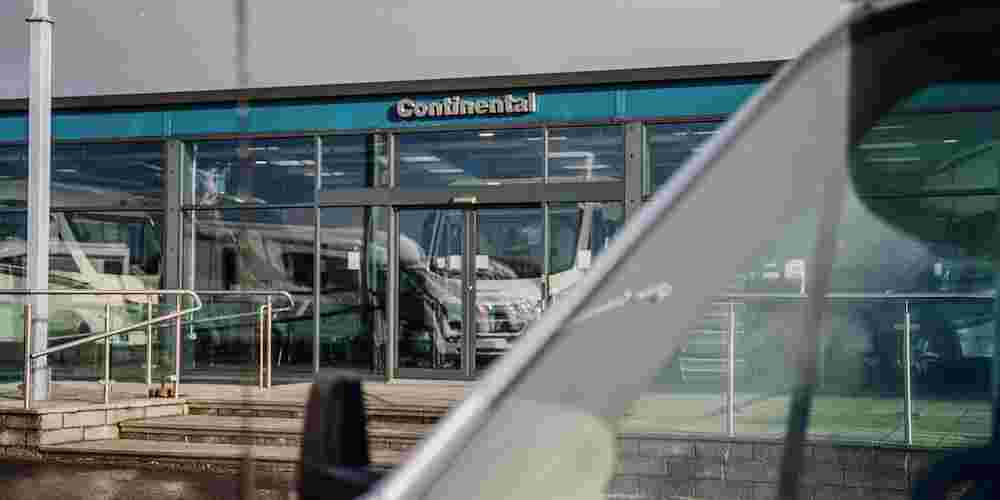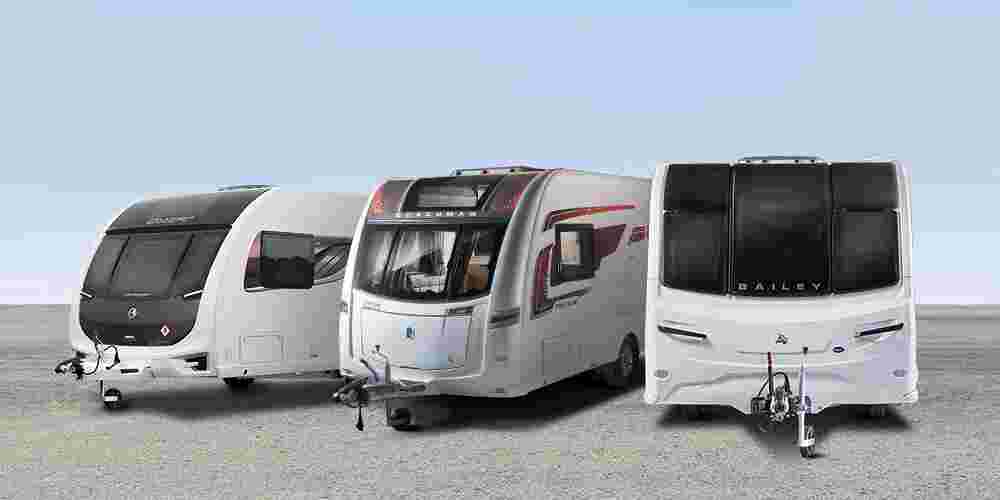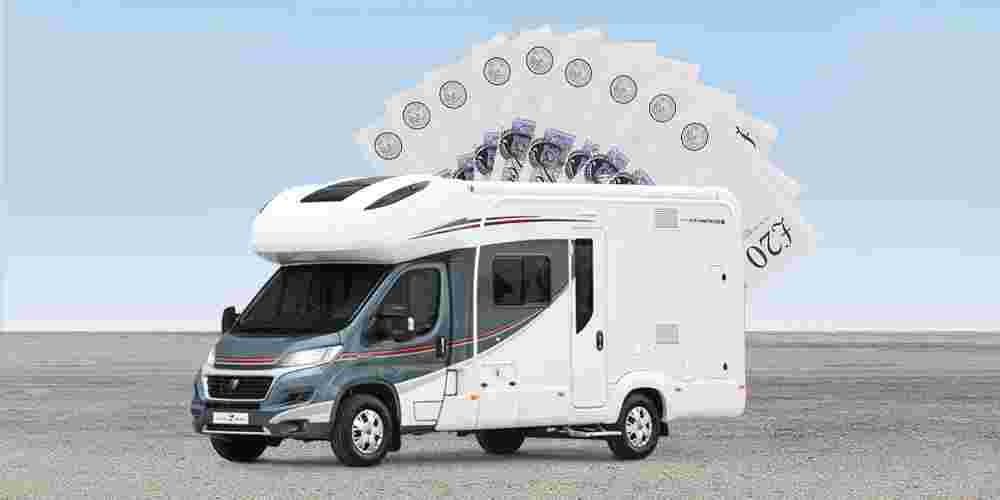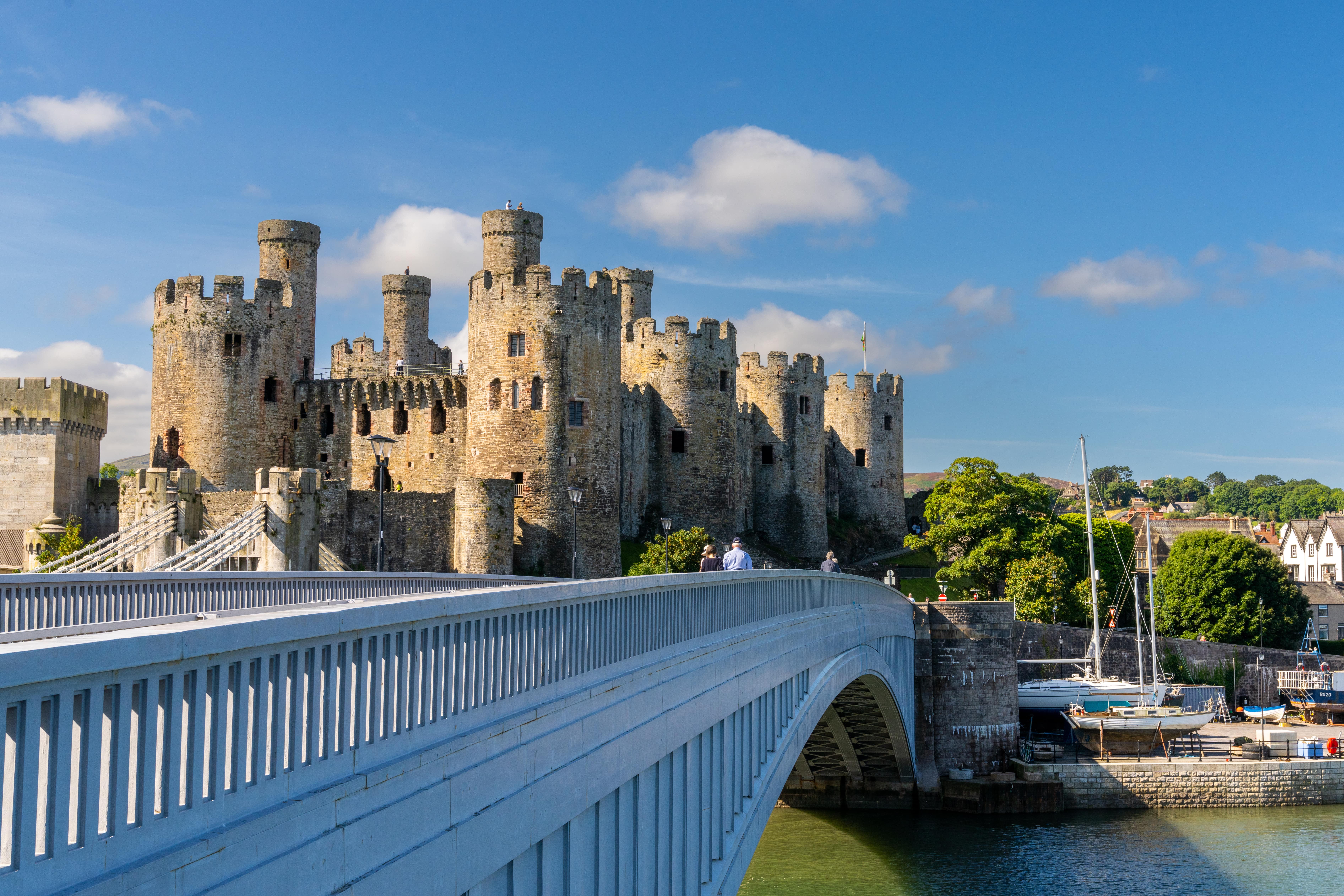
10 Great Places to Visit in North and Mid Wales in a Motorhome
12.08.24
In a previous edition of our blog we looked at some of the great places you can visit in South Wales – But what about the rest of this glorious country? There are so many sites worth taking a look at amidst all of its rich history, diverse landscape and vibrant culture. Wales is a proper treasure trove of experiences waiting to be explored.
North and Mid Wales, in particular, offer an array of destinations that appeal to history buffs, nature lovers and those seeking the serenity of the great outdoors. Simply pack up your motorhome or campervan and go. This edition of the Continental blog will guide you through ten of the most remarkable sites – and sights – in these regions, each with unique charm and significance.
1. Snowdonia National Park
Undoubtedly one of the most iconic destinations in the whole of Wales, Snowdonia National Park is a true haven for outdoor enthusiasts and adventurers. It’s home to Mount Snowdon, the highest peak in Wales (which stands at 1,085 metres). Whether you're an experienced hiker or prefer a more leisurely ascent, Snowdonia National Park offers something for you - multiple trails and breathtaking views of the surrounding landscape. For those travellers who are less inclined to park up and hike, the Snowdon Mountain Railway offers a scenic route to the summit.
Beyond Snowdon itself, Snowdonia boasts deep valleys, cascading waterfalls, and tranquil lakes (including Llyn Tegid, the largest natural lake in Wales). The whole area is steeped in Welsh mythology, with the legend of King Arthur said to be linked to various sites. Snowdonia's rugged beauty and mystical atmosphere mean it is a must-visit for anyone travelling through North Wales in a camper or motorhome.
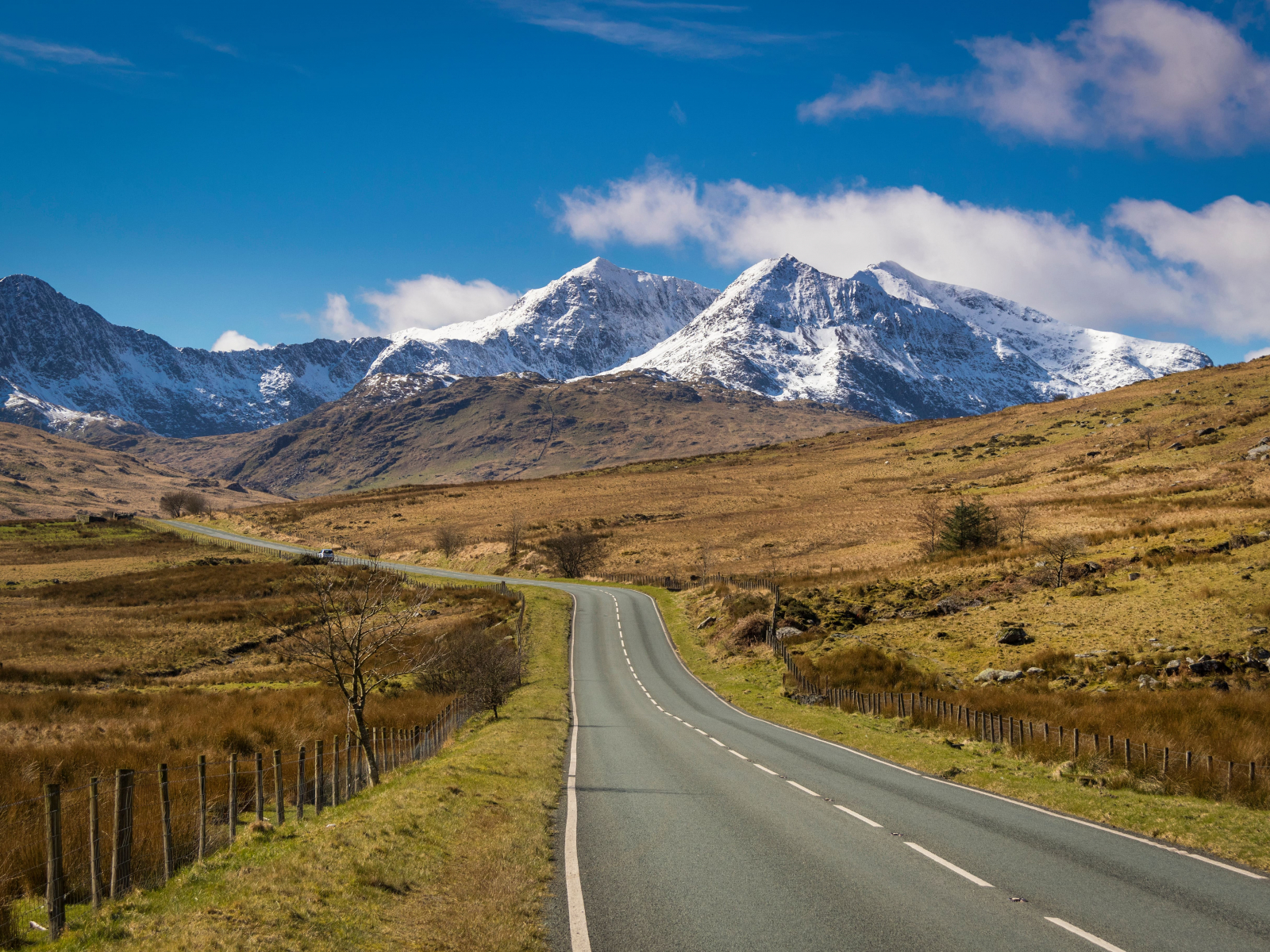
2. Conwy
The medieval town of Conwy offers a blend of history, culture and coastal charm. Dominating is Conwy Castle, a UNESCO World Heritage Site and one of the best-preserved medieval fortifications in the UK. It was built in the 13th century by Edward I during his conquest of Wales, and these days it offers visitors a chance to explore imposing walls and towers and take in panoramic views of the Conwy estuary and surrounding countryside.
Conwy is also home to the smallest house in Great Britain, that measures just 12 feet high by 6 feet wide. The house was actually lived in very recently (up until 1900) and has now become a quirky attraction for tourists. For those interested in nature, Conwy is located near the Conwy RSPB nature reserve, where you can peacefully birdwatch a variety of species in their natural habitats.
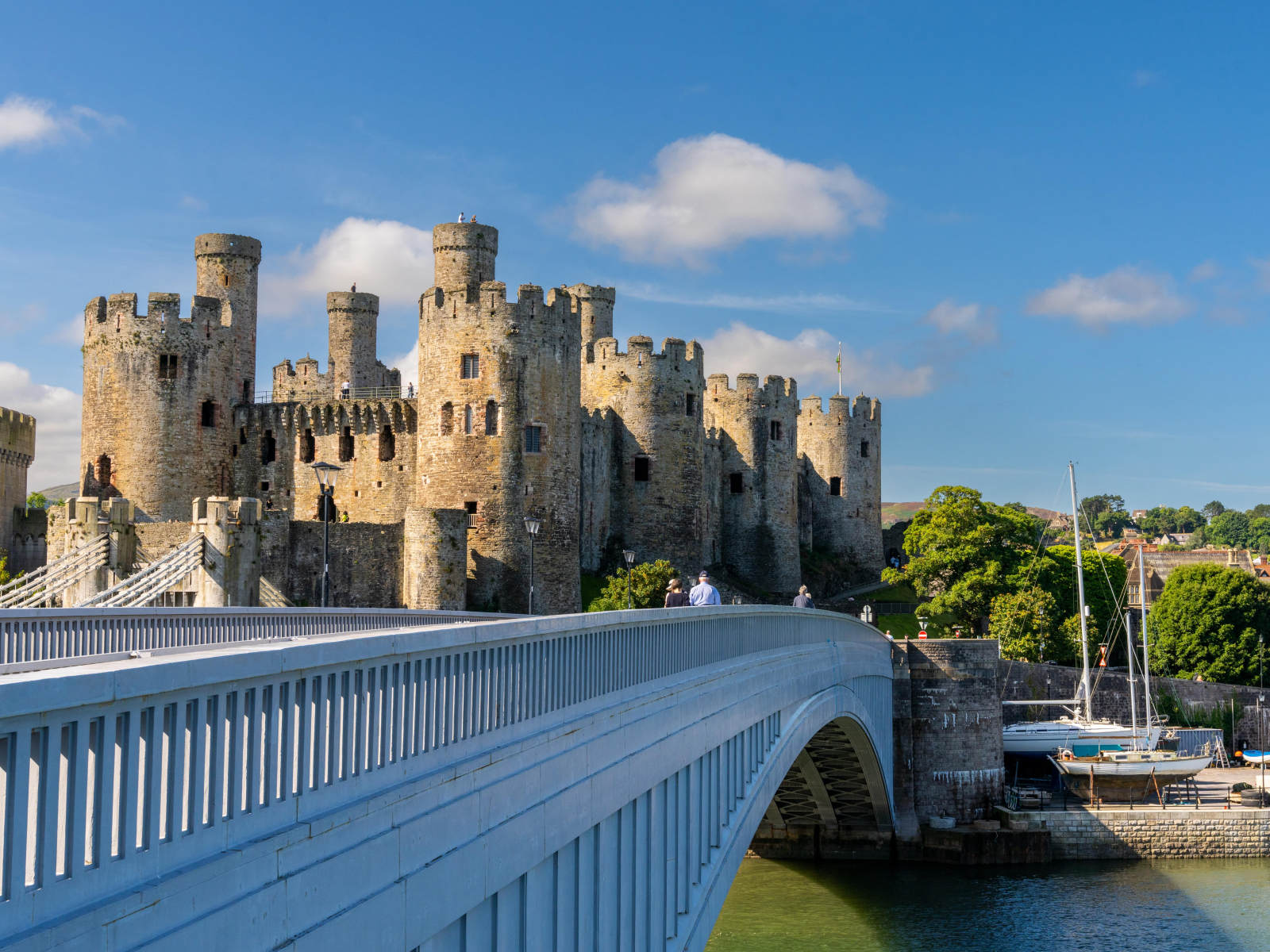
3. Portmeirion
Unlike any other village in Wales, Portmeirion is a colourful village that feels like a slice of Italy in the heart of North Wales. It was designed and built by architect Sir Clough Williams-Ellis between 1925 and 1975 and has become globally famous for its unique architecture and lush gardens. It has been used as a filming location many times – most notably for the cult TV series The Prisoner in the 1960s and the four episodes of the Doctor Who story The Masque Of Mandragora in the mid-1970s.
Visitors to Portmeirion can wander through whimsical streets, explore subtropical gardens or relax on sandy shores. It’s a place where art, architecture and nature blend seamlessly and sometimes surreally.
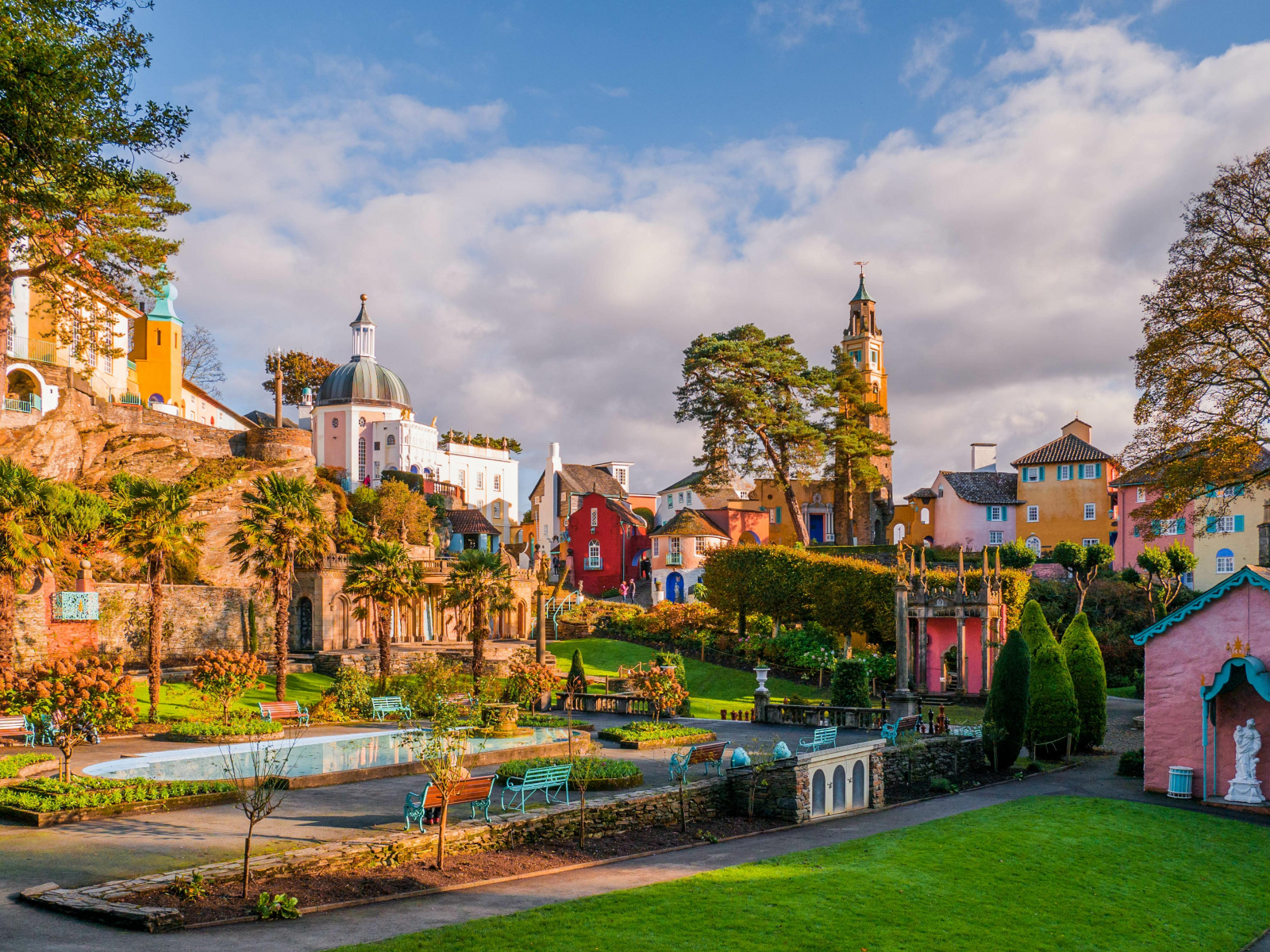
4. Powys Castle and Gardens
Located in the heart of Mid Wales, Powys Castle and Gardens is a striking 13th-century fortress transformed into a grand country house managed by the National Trust. The interior is filled with an extensive collection of paintings, sculptures and tapestries, offering a glimpse into the opulent lifestyle of former residents. The gardens truly set Powys Castle apart as something very special, with carefully manicured lawns, vibrant flower beds and impressive topiary. The gardens also offer stunning views of the surrounding countryside, making them a perfect spot for a leisurely stroll.
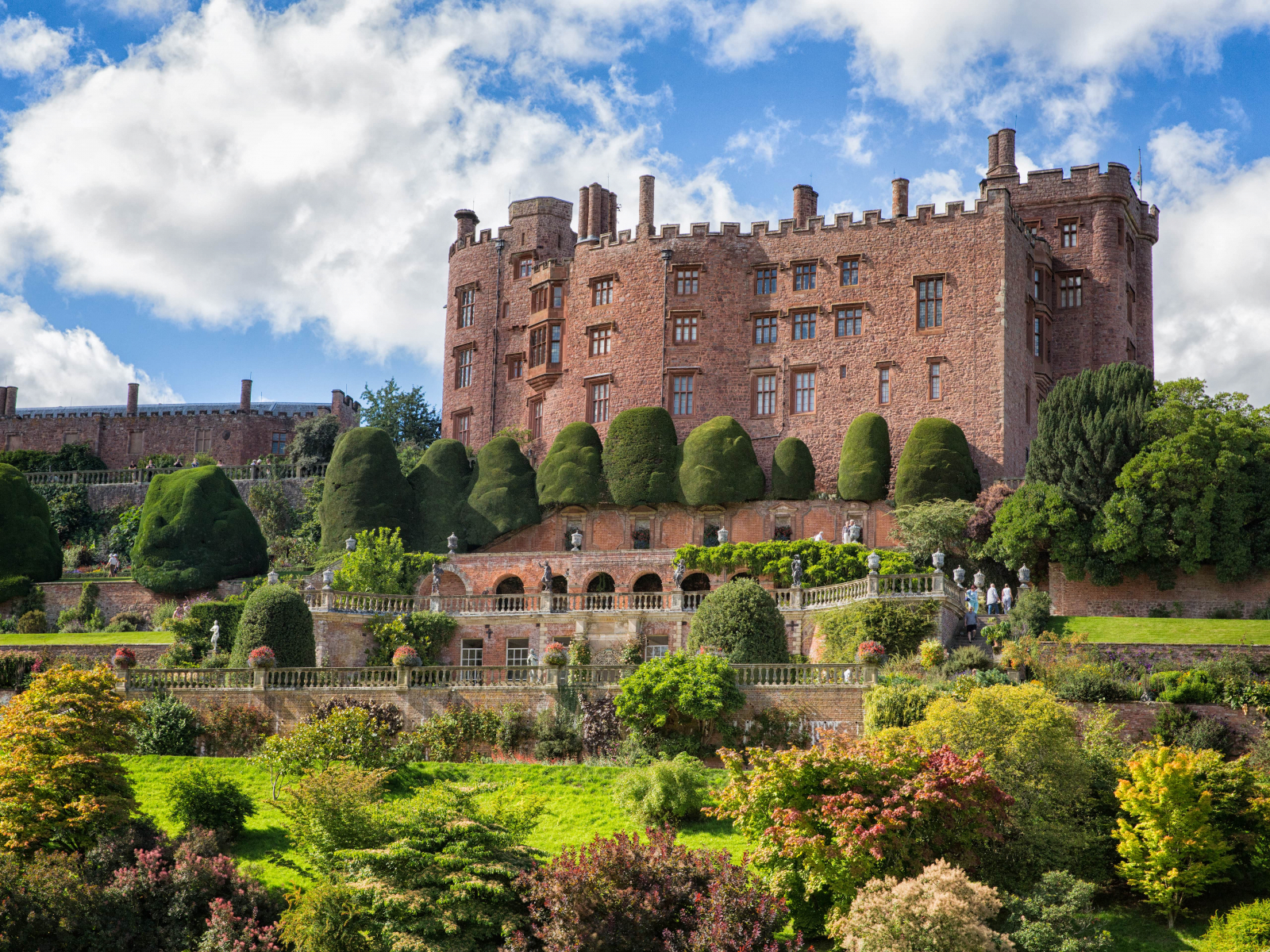
5. Llangollen
The picturesque town of Llangollen nestles on the banks of the River Dee. This hub of culture and outdoor activities is perhaps best known for the Llangollen International Eisteddfod - an annual music event that attracts performers from all over the world. The festival began in 1947 to celebrate music, dance and the arts, and has played a significant role in promoting global peace and cultural exchange.
For those who prefer outdoor pursuits, Llangollen offers a variety of activities, including white-water rafting on the River Dee and hiking in the surrounding hills. The town is also home to the Llangollen Canal, a picturesque UNESCO World Heritage Site.
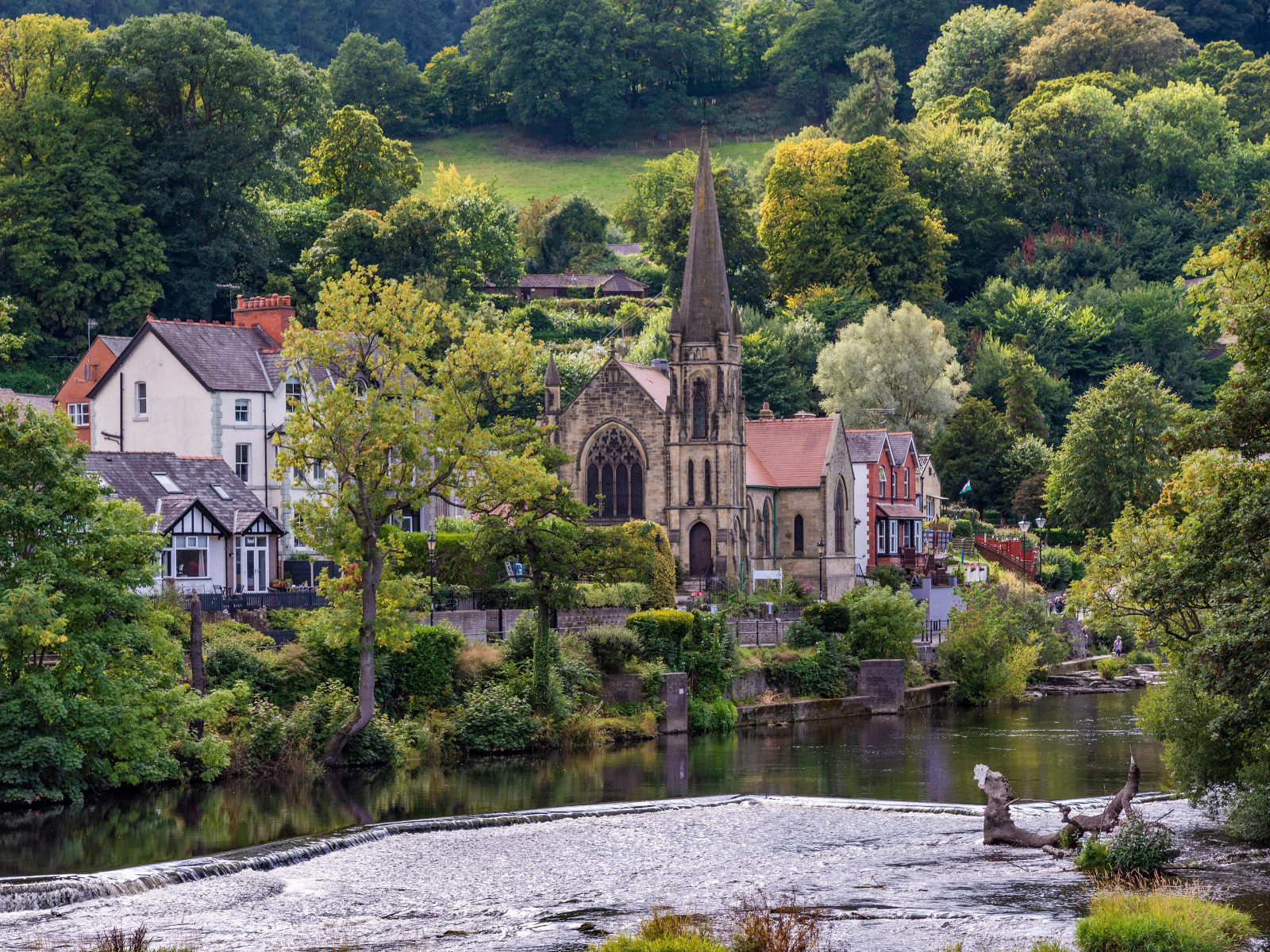
6. Aberystwyth
Aberystwyth is a lively coastal town known for its university and as a hub for Welsh language and culture. The town’s seafront is lined with Victorian and Edwardian buildings, and the long promenade is perfect for a relaxing stroll. At one end is Constitution Hill, where you can take the Aberystwyth Cliff Railway to the summit for panoramic views of Cardigan Bay. On a clear day, you can see as far as Snowdonia to the north and Pembrokeshire to the south.
Aberystwyth is also home to the National Library of Wales, one of the country’s most important cultural institutions, which houses an extensive collection of Welsh literature, manuscripts and archives. It’s a must-visit for anyone interested in Welsh heritage.
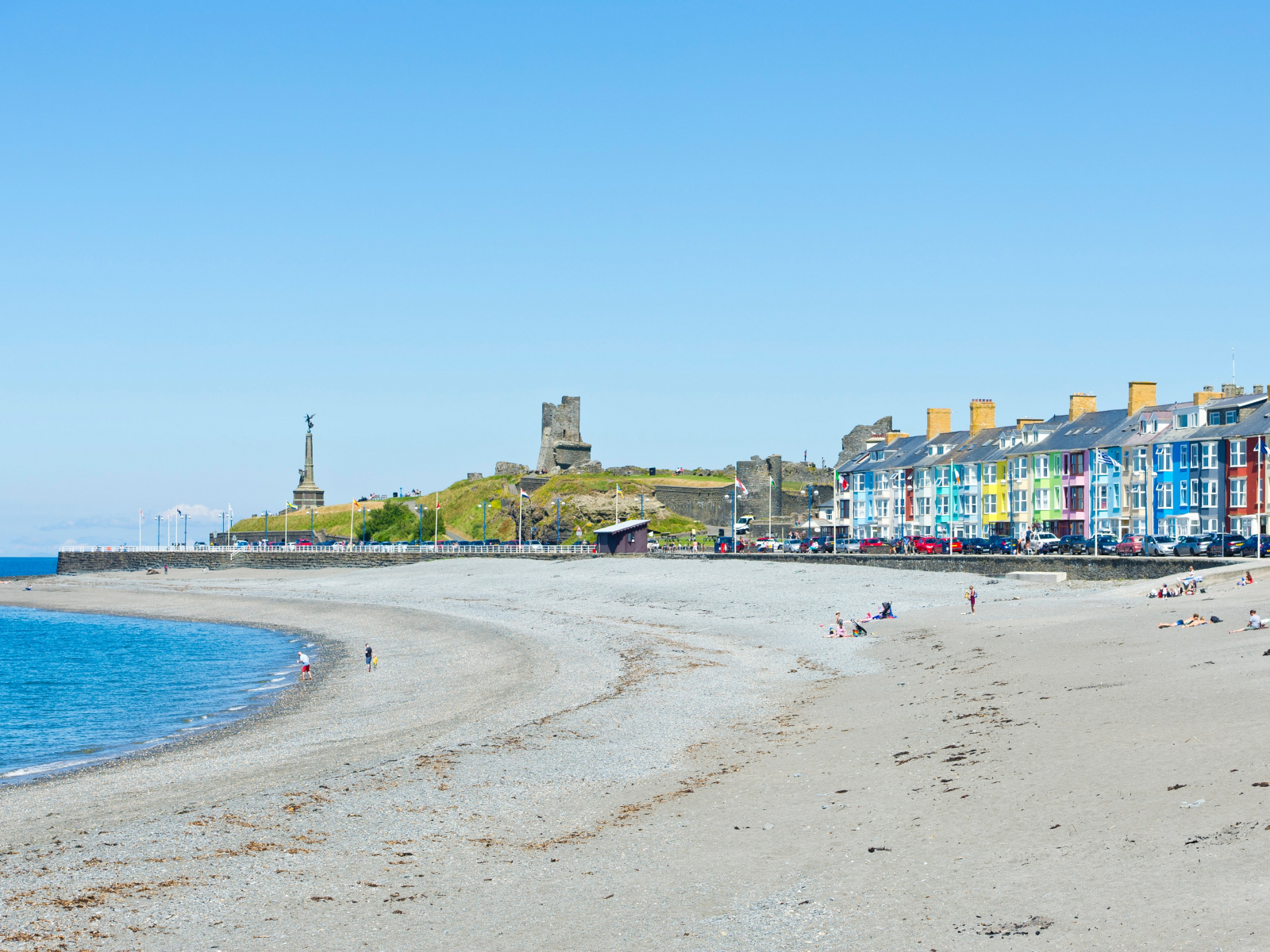
7. Castle Harlech
This small town has a big history. Perched on a cliff overlooking the Irish Sea, Harlech is dominated by Castle Harlech, UNESCO World Heritage Site and another of Edward I’s impressive fortifications. It played a key role in the wars between the English and the Welsh in the late 13th and early 14th centuries as, with its location high above the surrounding landscape, it was an almost impregnable fortress. Visitors can explore well-preserved ruins and enjoy stunning views of the Snowdonia mountains and the coastline.
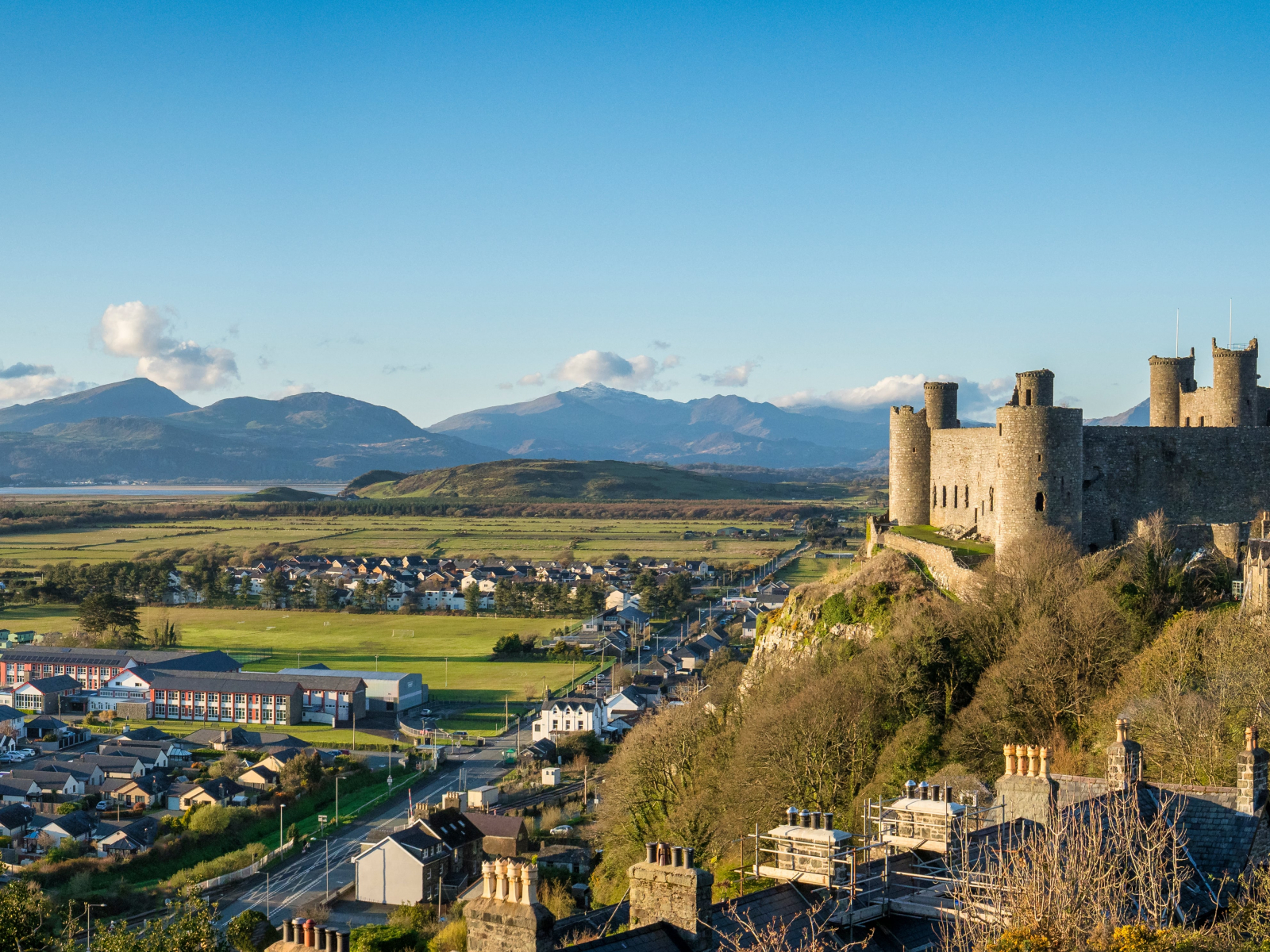
8. Devil’s Bridge Falls
Located in the heart of the Cambrian Mountains, Devil’s Bridge Falls is one of the most dramatic natural attractions in mid Wales. These falls are part of the Mynach River, plunging 90 metres into the gorge below in a series of spectacular cascades. The site is named after the legend of Devil’s Bridge, a set of three bridges built on top of one another, the oldest of which dates back to the 11th century. Local folklore has it that the original bridge was built by the devil himself. Visitors can take a circular walk that leads through ancient woodland, offering spectacular views of the falls from various vantage points. The walk is steep in places, but the scenery makes it worth the effort.
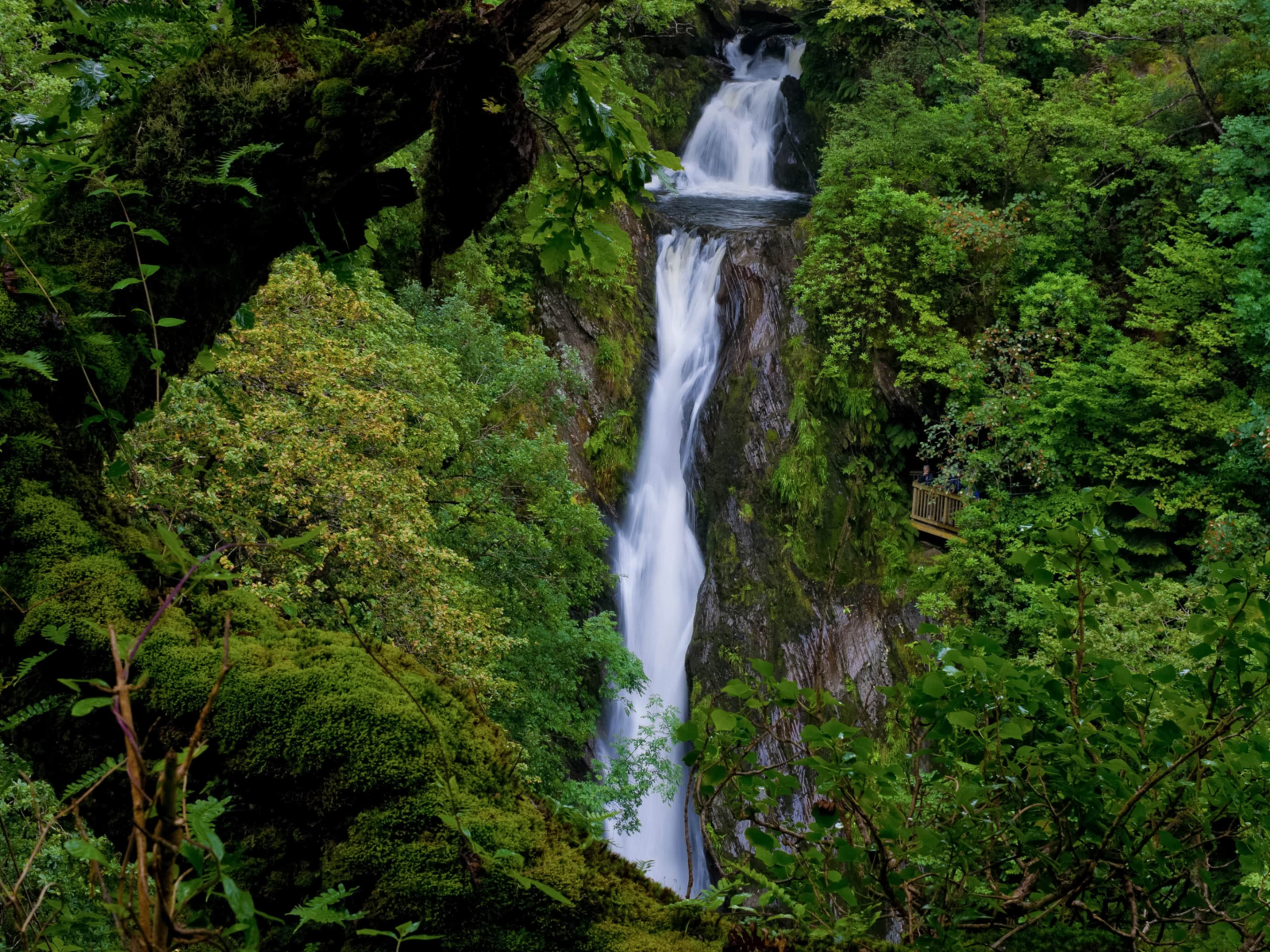
9. Ynyslas sand dunes
For those motorhome or campervan travellers who love heading to the coast, the Ynyslas Sand Dunes offer something special. This unique landscape on the shores of Cardigan Bay, near the town of Borth, is part of the Dyfi National Nature Reserve. It’s a haven for wildlife, with a variety of birds, insects and plants that thrive in a unique environment. The views across Cardigan Bay are stunning and, on a clear day, it’s possible to see as far as the Llyn Peninsula.
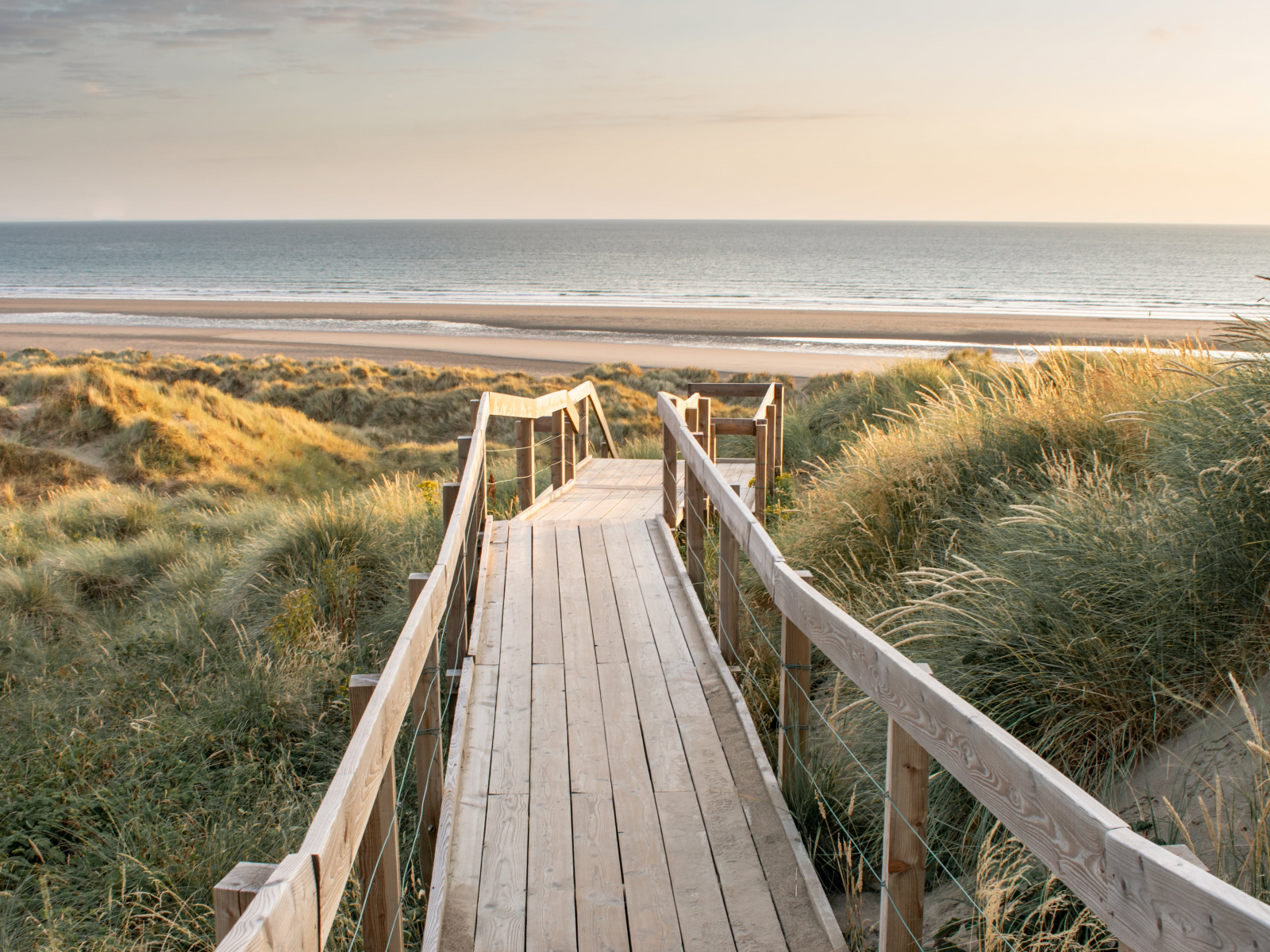
10. Barmouth
This classic seaside town is located on the west coast of North Wales, at the mouth of the Mawddach Estuary. Known for its wide sandy beach, Barmouth has been popular for centuries as a leisure destination. These days there are traditional seaside attractions (amusement arcades, donkey rides and a picturesque harbour), but i t’s also worth taking in the panoramic view from Barmouth Bridge. This wooden viaduct spans the Mawddach Estuary and offers terrific views of the estuary and surrounding mountains. For those interested in parking up and going hiking, the area around Barmouth offers several excellent trails, including the Mawddach Trail.
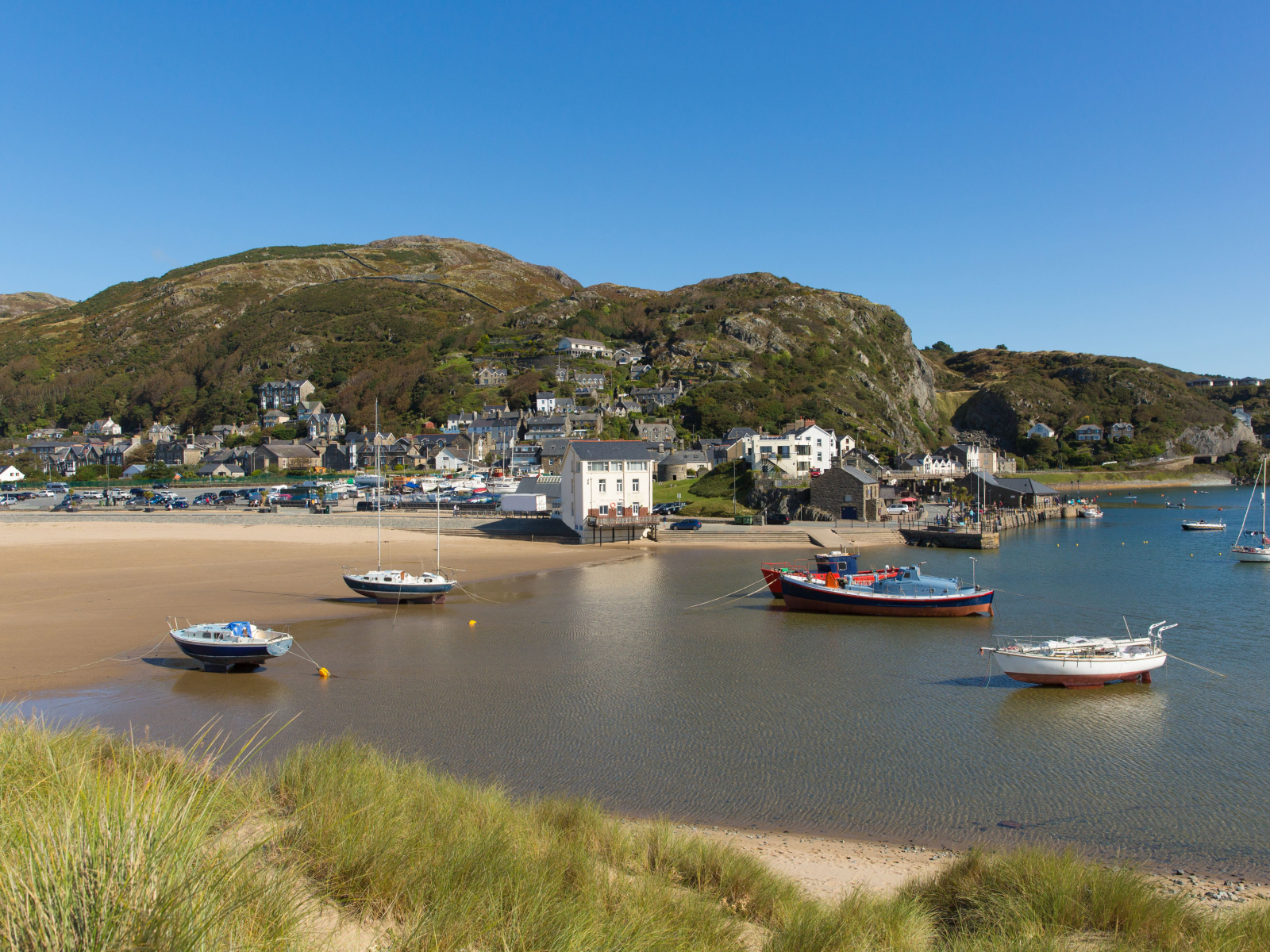
North and Mid Wales are peak Wales – regions rich in history, culture and natural beauty. Each place has its own story and its own beauty, and each invites you to explore the unique charm of this captivating country. Choose your vehicle from Continental and off you go!



